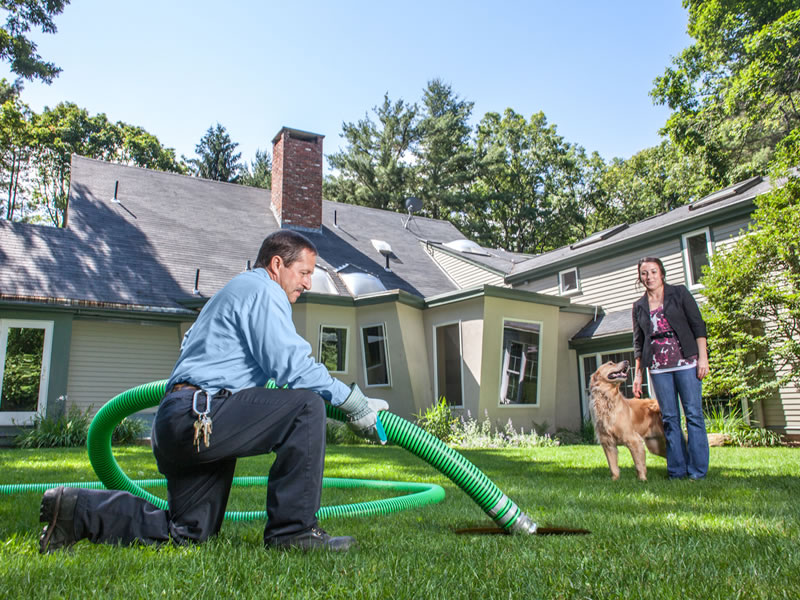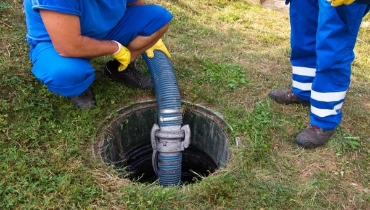Stillwell Septic And Grading Fundamentals Explained
Table of ContentsMore About Stillwell Septic And GradingStillwell Septic And Grading Fundamentals ExplainedThe 4-Minute Rule for Stillwell Septic And GradingStillwell Septic And Grading Fundamentals ExplainedSome Of Stillwell Septic And GradingThe Greatest Guide To Stillwell Septic And GradingIndicators on Stillwell Septic And Grading You Need To Know
Overall, septic storage tank setup is an intricate procedure that needs cautious preparation and execution. Homeowners need to collaborate with a reputable setup group and understand neighborhood regulations and needs to ensure that their septic system works effectively for several years ahead. After the septic system has been mounted and linked to the drain field, it is time to backfill the location.The backfill material ought to be devoid of clods, big rocks, icy matter, and particles that can result in gaps in the backfill that might permit clearing up gradually. Squashed rock or pea gravel 1/2-inch in diameter is preferred if indigenous materials are not ideal. As soon as the backfilling is full, it is time to landscape the area.
Once the septic tank has actually been set up, it is important to test it to ensure that it is functioning properly (Septic Inspection). https://www.metal-archives.com/users/stillwellsag. Checking the system entails looking for leakages, making sure that the container goes to the suitable level, and examining the drain field. Among the most typical tests carried out is the hydraulic load test
An Unbiased View of Stillwell Septic And Grading
The water is then kept track of to make certain that it flows appropriately through the pipelines and right into the drainpipe area. If the water does not move correctly or backs up into the container, it might suggest a trouble with the system. Another test that is frequently executed is the dye examination.
The dye is after that monitored to ensure that it moves properly through the pipelines and right into the drainpipe area. If the dye does not stream appropriately or appears in the wrong location, it might indicate a trouble with the system. It is vital to have an expert perform these examinations to guarantee that they are done properly.

Stillwell Septic And Grading Fundamentals Explained
Here are some essential suggestions for home owners to keep their septic tank: The typical home septic tank must be checked at the very least every 3 years by a septic solution professional. The frequency of pumping depends upon the size of the container and the variety of people using it. https://packersmovers.activeboard.com/t67151553/how-to-connect-canon-mg3620-printer-to-computer/?ts=1710243148&direction=prev&page=last#lastPostAnchor. A basic guideline is to pump the storage tank every 3 to 5 years
Utilizing water-efficient components and home appliances, such as low-flow showerheads and commodes, can decrease water usage and help the septic tank job much more efficiently. Only flush bathroom tissue and human waste down the toilet. Avoid flushing anything else, including feminine health items, child wipes, and food preparation grease, as they can obstruct the system.
Getting The Stillwell Septic And Grading To Work
Septic storage tank installation is a complex process that needs cautious preparation and implementation. Property owners should be mindful of the essential steps included in the setup procedure to make sure that their septic system works properly and successfully. The primary step is to assess the site where the septic system will certainly be set up.
Once the site has been evaluated, the following step is to prepare for the installation. House owners must make sure that their specialist is experienced in septic container installation and will certainly function alongside them throughout the process.
Stillwell Septic And Grading Fundamentals Explained

House owners need to recognize the required steps associated with the setup procedure to make sure that their septic tank functions effectively and efficiently. my site By following these actions and preserving their system, property owners can feel confident that their septic tank will give dependable wastewater treatment for several years ahead.
Almost one in 5 united state homes have septic tanks. Yours may be just one of them. If you're not properly keeping your septic system, you're not only injuring the atmosphere, you're putting your family's health and wellness at riskand might be purging countless dollars away! Do Your Part, Be SepticSmart: The Do's and Do n'ts of Your Septic System.
Stillwell Septic And Grading for Beginners

All that added water can really strain your septic system. This can be helpful especially if your system has actually not been pumped in a long time.
Rumored Buzz on Stillwell Septic And Grading
Know your system's area. When you have the storage tank pumped, attract a representation or map showing its area in connection to repaired points - corners of the residence, actions, or fence blog posts.
Way too much water can harm it. Don't dig, construct, or plant anything besides yard over the drainfield. Conserve water. Septic Tank Pumping. Lower the amount of wastewater that should be dealt with and gotten rid of by your system: Laundry no greater than 1 or 2 loads of garments daily. Approximately 53 gallons of water flooding your septic system with each tons, so it's best to spread out laundry out over the week.